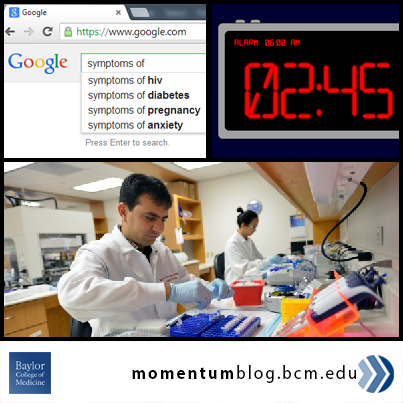The role of community resilience through the lens of positive deviance
Social and demographic factors have been known to affect health, functioning, quality of life and risk. These factors, including where we live, learn, work, play and worship, influence our health at an individual and community level. Age, gender, race or ethnicity, income, education, socio-economic status, etc. determine our health. Similarly, poverty rate, access to food and other services, environment, racial and ethnic composition of the community and public and health care services affect health at population level.
Measuring population health can inform us about the current health status of a community and provide information on the risk factors that can affect our future health. Various measures, like mortality or disease prevalence, have been used to objectively evaluate the constructs of health at the population level.

How is population health measured?
Infant mortality rate (IMR) has been used as an indicator of population health and the primary focus for health policy evaluations and recommendations. It’s measured as the number of deaths in children under one year of age per 1000 live births in the given year. In addition to being a marker for maternal and child health, infant mortality rate represents social inequalities in the community.
Several studies have shown an association between IMR and income inequality or poverty. Non-Hispanic Black infants have persistently had the highest IMR among all other ethnicities in the United States. County level data has consistently shown higher IMR in rural counties as compared to urban counties due to economic disparities.
However, certain communities have thrived owing to a strong social support system. Bronx County in New York has been an example of a positive relationship between resilient community interventions, like sustained nursing, and socioeconomic factors. Certain county level contextual measures have been described that possibly created a fundamental change in survival strategy for Black mothers and infants in counties like Bronx.
During the past decade, public health research has utilized IMR to understand structural racism. In the United States, Black infants have a two-fold higher mortality than white infants. Social factors like neighborhood crime, segregation, built environment and institutional racism are likely responsible for the poor outcome.
However, resilience in some communities has resulted in improved health outcomes and reduced disparities. These communities are thriving despite the usual socioeconomic factors. This has been described as the “positive deviance.”
What is positive deviance?
Positive deviance is defined as “uncommon but healthy practices that permit some individuals to thrive when their equally at-risk neighbors do not.” These behaviors are affordable, acceptable and sustainable because they are used by other people in the community.
Many areas of medicine have used this approach to describe and address racial and ethnic disparities. It’s been used to describe variations in infant mortality where socioeconomic factors fail to be associated with the varying mortality rates.
Moreover, the positive deviance approach is now being used to improve healthcare quality by identifying strategies that worked for certain organizations and implementing the same for other practices.
The benefits of positive deviance for communities include change through the processes of raising awareness, motivating for behavior change and advocacy. Local health departments can utilize this approach to identify counties with positive maternal and child outcomes and assess the factors that contributed to them.
–By Dr. Namrata Walia, postdoctoral research fellow in the Department of Family and Community Medicine at Baylor College of Medicine



